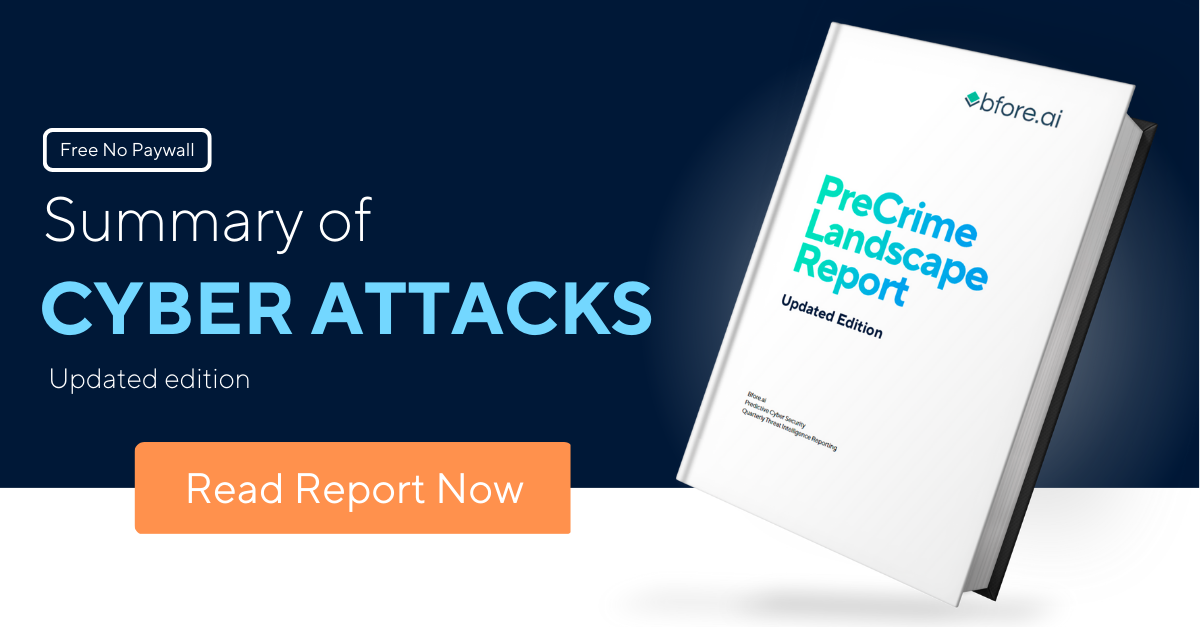Understanding the Motivations Driving Brand Attacks

Cybercriminals may have a variety of motivations for attacking any given brand. Some attackers seek financial gain through stolen financial records or credit cards. Others have political and ideological motives where they seek economic, technical, military, or confidential business information that can be leveraged by a nation-state. For some, the motivations are as simple as fulfilling personal grudges, where stealing and releasing trade secrets or other sensitive information would cause irreparable damage to the company. Understanding a cybercriminal’s reasons for attacking your brand can help determine potential risks and identify critical vulnerabilities that need to be addressed.
Different types of cyber attackers have overlapping motivations, even though their origins differ. An example of this would be government-sponsored attackers and organized criminals, who both have reasons to distribute malware, even though their end goals differ. The government-sponsored attackers may use the malware to infect bigger targets to steal credentials and state secrets. Alternatively, organized criminals have purely financial motivations and distribute malware to conduct extortion-based attacks such as ransomware infections or to steal valuable data to resell.
By understanding the reasons behind an attack, companies can develop more effective strategies for responding to and mitigating the impact of a cyber-attack. Unfortunately, budgets and personnel resources are limited, making it hard to provide the same level of defense across all resources. This can include implementing more robust security measures targeting specific resources, developing incident response plans, and working with law enforcement to investigate and prosecute cybercriminals.
Phishing
By taking over a legitimate domain, a hacker can create phishing websites that mimic the legitimate site and trick users into providing sensitive information, such as login credentials or credit card numbers.
Getting credentials leads to deeper attacks against the organization or can be the start of a credential-stuffing campaign. As users often reuse credentials, attackers gain access to other websites, allowing them access to financial information such as credit card numbers that may be stored there. For cyber criminals, this information is immediately useful, and any associated fraud stemming from this directly impacts customers with little effort by attackers. Within moments of stealing this information, cyber criminals can be buying items and services, maxing out card balances. By the time card anti-fraud services have detected and halted this activity, the damage is already done and the victim’s card is useless for days as the fraudlent activity is sorted.
Malware distribution
A hacker can use a domain they control to distribute malware to unsuspecting users. They might host malicious software on the site or use it to redirect users to other sites containing malware. Toxic code can be hidden away in page scripts, ads, and files to download. Users who don’t notice anything amiss rapidly become infected with malware that often gives attackers direct access to their endpoint.
When users go to a “trusted” site, they are less likely to be suspicious of downloads and links. If the site appears to be similar, they have no reason to distrust it, so they do their business as usual. Attackers capitalize on repetitive user behavior patterns to spread infections on trusted sites. Savvy attackers can target company employees with links to these infected sites to launch targeted attacks via backdoors into a company’s internal network.
Supply Chain Attacks
These attacks are often a combination of phishing and malware distribution. They use the trusted domains that are compromised to distribute compromised patches or code. Attackers look to compromise suppliers with weaker security policies, altering their codebases to include toxic codes of their design. When code is pushed out to customers via patches, many customers install it without further investigation, executing the attacker’s code with privileged rights. This compromise style led to well-known SolarWinds and Kaseya attacks, leading to backdoors in customer networks and widespread ransomware infections.
Similarly, attackers are also targeting the code repositories used by developers. With the increase of GitHub as a trusted resource, these attackers may utilize repositories with similar naming schemes and clone the content to look identical at the first inspection but carry their modified code internally. Developers who don’t notice the change use fake libraries believing they are legitimate, granting attackers an easy path to manipulate applications using the library in the future.
Brand Damage
Sometimes, the attacker’s motivation is simply to damage the brand’s reputation resulting in decreased sales and consumer confidence. They may have a grievance with the company for how it does business or have a perceived wrong that they wish to get revenge for.
Attackers of this nature may post negative information about the company directly using hijacked social media, fake sites, or website defacement. Information provided could be factual but unflattering, or it may include false information intended to discredit the company. In the case of publicly traded companies, false news posted from sources directly associated with the company can have negative consequences and lead to stock manipulation charges.
E-Crime
Sometimes the goal of an attack is to serve as a launching point for other criminal activities. Cybercriminals might take over a domain and use it for illegal activities like distributing illegal content, drugs, and firearms. When attacks like this happen, they are very public, and as nothing is ever truly erased on the internet, evidence of the attack can be used by those wishing to damage the brand.
Even though the business is not participating in e-crime, being compromised and used for this purpose severely damages the brand. Attacks like this strongly impact consumer confidence in the brand’s cybersecurity practices.
Stopping the Threats
No matter the motivation for attacks, stopping them is crucial for maintaining your reputation. Bfore.Ai has solutions to combat brand attacks to prevent long-term damage to your brand. Bfore.Ai uses a continuous monitoring system of domain registrations and underground cybercriminal chatter to gather the intelligence that drives their solution. They rapidly identify threats and swiftly deploy countermeasures to limit the attack’s impact, managing your organization’s entire takedown process.
Schedule a demo today to learn more about how Bfore.ai can help your company stop brand attacks to defend your reputation.



